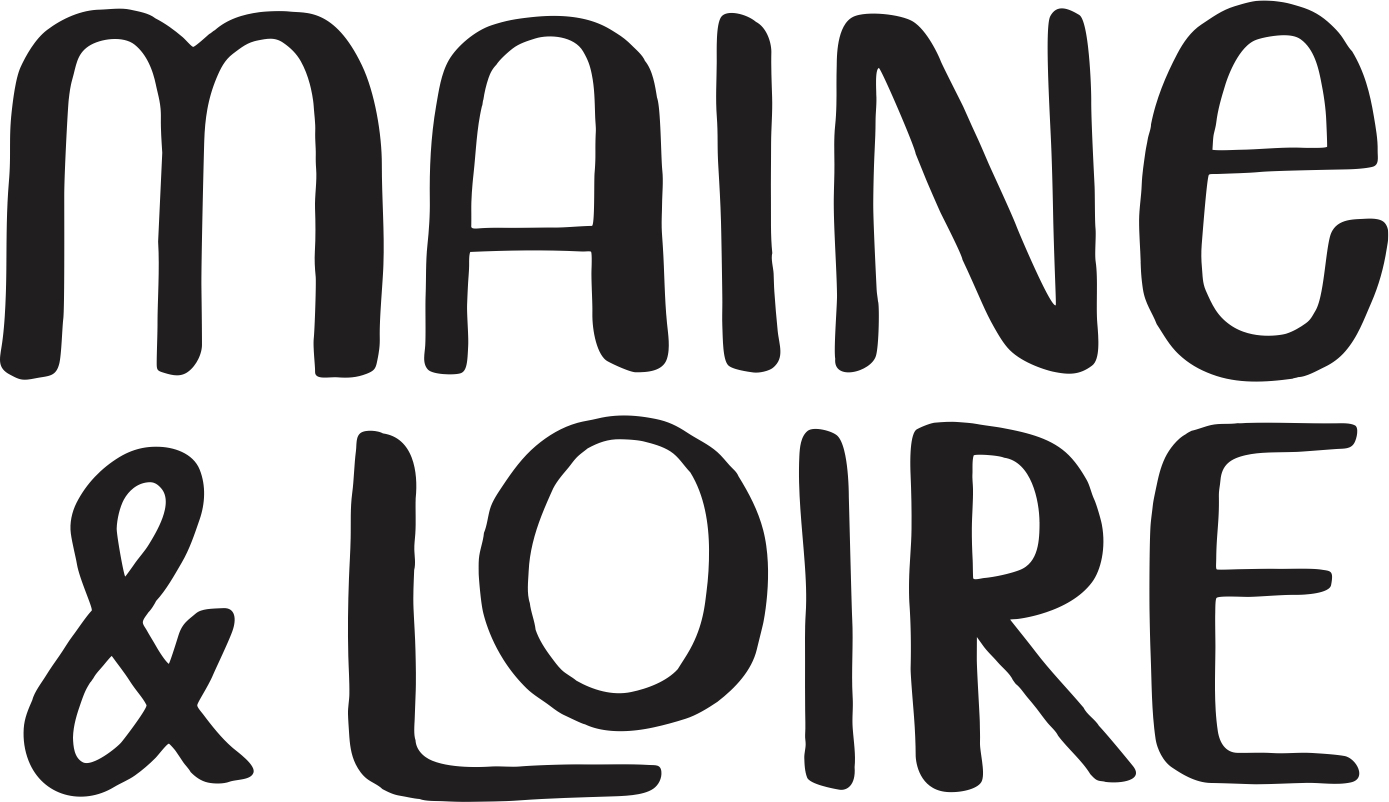Vinos Norzagarai ‘La Alberca’ Garnacha 2019
Location: Spain, Rioja
Winemaker: Santiago Norzagarai
Grapes: Garnacha
Soil: Limestone, Clay
Winemaking: This is a very small plot, about 2000 m2. Hand harvested, crushed, destemmed, cold soaked, indigenous ferment and NO pumpovers whatsoever. Delestage is performed a few times during fermentation. It was then put into 500lt french oak barrels to finish alcoholic fermentation and keep its fine lees during ageing. Malolactic began in xmas and was finished by february. Lees volume was quite important in these barrels so it was stirred all throughout ageing for 11+ months. Racked off its lees and bottled.
From the Importer Selection Massale:‘La Alberca’ is 100% Garnacha from a single parcel in Peciña. Once a cereal field, when climate was too cold for vinegrowing, when the appellation started to expand Garnacha was planted here. Normally cared for extra acidity in Rioja blends and aimed at larger yields, Garnacha has played and interesting role in our area. This well exposed parcel stands in the coldest part of the appellation, on the foot of the Toloño mountain range. A cool climate Garnacha, aimed at phenolic maturity and very careful extraction.
Santiago Norzagarai is a Rioja producer making wines unlike any others in the region. Many things set him apart. First of all, he is from Buenos Aires, though he has lived in Spain for 25 years. Secondly, he is working in the Rioja Alavesa with organic vineyards. Thirdly, he is making non-oaky, not-overly-extracted, meant-to-be-drinkable wines with a “non-interventionist approach.” In other words, Norzagarai is trying to change the stylistic perception of wines in Rioja.
Norzagarai spoke to us recently on a video call about honoring the terroir of Rioja Alavesa and making wines that reflect more than just new oak:
“Every single vineyard is facing in a different direction–it has its own microclimate. It’s own soil profile, not compositions. The soil in Rioja Alavesa is all clay-limestone. But in terms of soil structure, we really have all sorts of aspects around here and I’m inclined to showcase that, rather than the Rioja gran riserva, etc. Rioja started as an appellation for the French to make wine when they got phylloxera. The French came down here because they found potential, not because there were crianzas, reservas, and gran reservas. I reckon the potential is mostly in this area. This is where there is the wine profile I am aiming at…We do lots of carbonic maceration wines here. When they’re well-made, they tend to go really well with local cuisine. There’s something to be explored there in that sense. The bold Rioja wines we were told we should be making with heavy oak, etc., this is certainly not the way for me.

